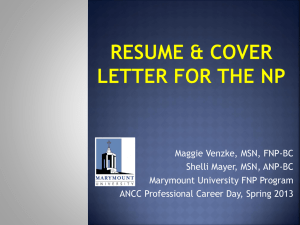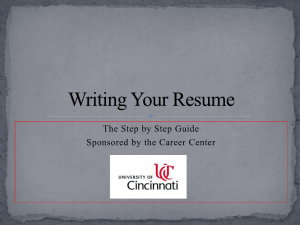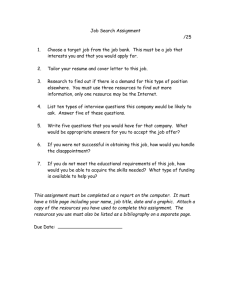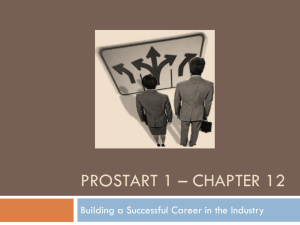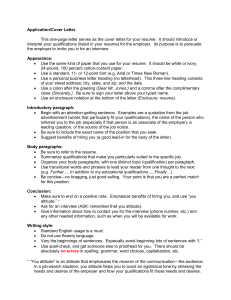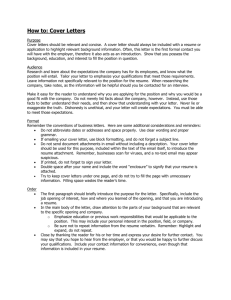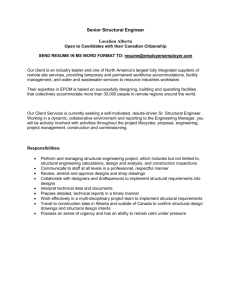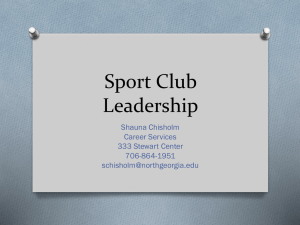What is a cover letter? What is the purpose of the cover letter? How
advertisement
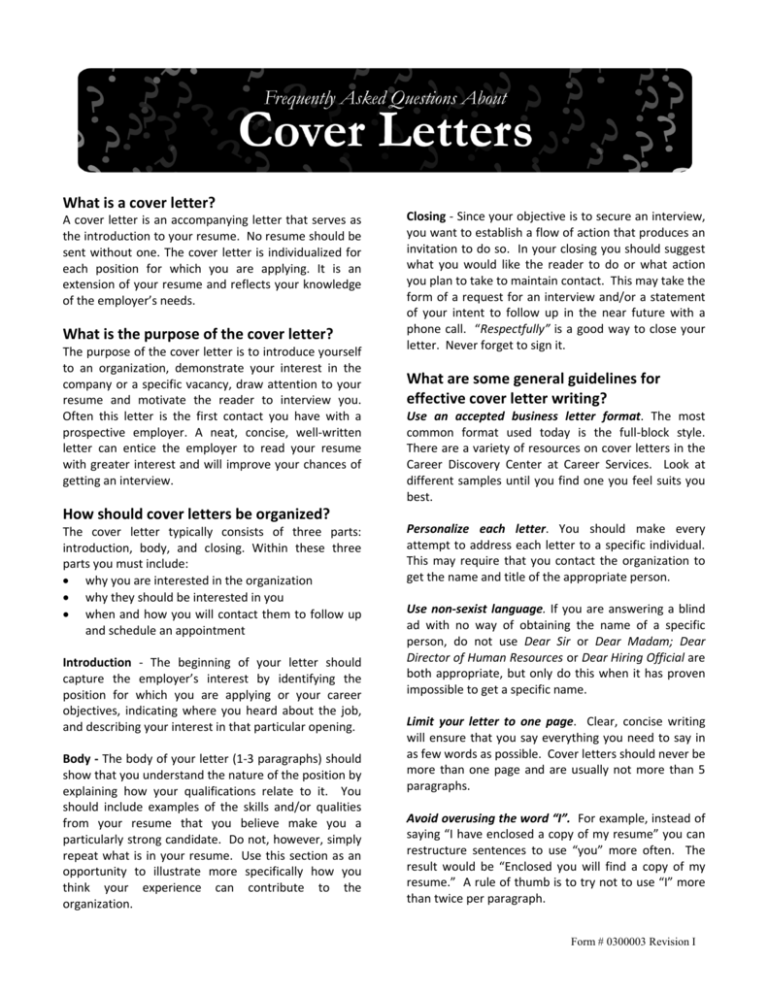
What is a cover letter? A cover letter is an accompanying letter that serves as the introduction to your resume. No resume should be sent without one. The cover letter is individualized for each position for which you are applying. It is an extension of your resume and reflects your knowledge of the employer’s needs. What is the purpose of the cover letter? The purpose of the cover letter is to introduce yourself to an organization, demonstrate your interest in the company or a specific vacancy, draw attention to your resume and motivate the reader to interview you. Often this letter is the first contact you have with a prospective employer. A neat, concise, well-written letter can entice the employer to read your resume with greater interest and will improve your chances of getting an interview. How should cover letters be organized? The cover letter typically consists of three parts: introduction, body, and closing. Within these three parts you must include: • why you are interested in the organization • why they should be interested in you • when and how you will contact them to follow up and schedule an appointment Introduction - The beginning of your letter should capture the employer’s interest by identifying the position for which you are applying or your career objectives, indicating where you heard about the job, and describing your interest in that particular opening. Body - The body of your letter (1-3 paragraphs) should show that you understand the nature of the position by explaining how your qualifications relate to it. You should include examples of the skills and/or qualities from your resume that you believe make you a particularly strong candidate. Do not, however, simply repeat what is in your resume. Use this section as an opportunity to illustrate more specifically how you think your experience can contribute to the organization. Closing - Since your objective is to secure an interview, you want to establish a flow of action that produces an invitation to do so. In your closing you should suggest what you would like the reader to do or what action you plan to take to maintain contact. This may take the form of a request for an interview and/or a statement of your intent to follow up in the near future with a phone call. “Respectfully” is a good way to close your letter. Never forget to sign it. What are some general guidelines for effective cover letter writing? Use an accepted business letter format. The most common format used today is the full-block style. There are a variety of resources on cover letters in the Career Discovery Center at Career Services. Look at different samples until you find one you feel suits you best. Personalize each letter. You should make every attempt to address each letter to a specific individual. This may require that you contact the organization to get the name and title of the appropriate person. Use non-sexist language. If you are answering a blind ad with no way of obtaining the name of a specific person, do not use Dear Sir or Dear Madam; Dear Director of Human Resources or Dear Hiring Official are both appropriate, but only do this when it has proven impossible to get a specific name. Limit your letter to one page. Clear, concise writing will ensure that you say everything you need to say in as few words as possible. Cover letters should never be more than one page and are usually not more than 5 paragraphs. Avoid overusing the word “I”. For example, instead of saying “I have enclosed a copy of my resume” you can restructure sentences to use “you” more often. The result would be “Enclosed you will find a copy of my resume.” A rule of thumb is to try not to use “I” more than twice per paragraph. Form # 0300003 Revision I Vary your writing. Variety makes your letters more interesting and easier to read. Try to offset long sentences with short ones. Use transitional words and phrases to help your ideas flow together more easily. Use attention-getting action verbs and adjectives. When describing yourself and your qualifications, use adjectives and action verbs to add flavor and pique interest. Pick up a copy of the Action Verbs…To Enhance Your Resume handout at Career Services. Proofread, proofread, proofread. Check and check again for spelling errors. Don’t rely on your spell check alone. Read your letter backwards to catch any spelling errors and typos. Check for grammatical errors by reading your letter out loud from beginning to end. Also have others check for errors. How can I describe my qualifications and strengths? Resources that might be helpful include: • phrases from prior performance appraisals and letters of recommendation • current and past job descriptions and standards of performance that clearly express job expectations and responsibilities • desirable characteristics and requested skills for similar jobs advertised in the employment section of the newspaper • newspaper editorials and business sections that will help describe the industry, occupation or economy Is there anything else I can do to make my cover letter effective? • • • • • • • Use paper and font that match your resume so that the two make an attractive package. If you are including items with your letter such as your resume, references or writing samples, use one of the following notations below your name: Enclosure, Encl., or Enc. Keep a copy of every letter you send as part of your job search file. Besides providing you with a record of your search, you can use portions of these letters in future ones. To be efficient, develop two or three basic paragraphs and modify them slightly to personalize each letter. Remember to sign all of your letters. What about follow up? Following up on your letters is essential! The success of your job search will be directly related to how well you do this. Employers simply do not have enough time to respond to every letter they receive. Consider preparing a script to help you make your calls. Try to call employers between Tuesday and Thursday and either first thing in the morning (8:30-9:00) or at the end of the day (4:30-5:00). Should you reach an answering machine, leave your name and a message that says you are following up on correspondence, that you would like a return call, and how and when you can be reached. If you do not hear from them within a week, try again; your persistence will pay off. For more information see: • jobstar.org/tools/resume/clet-ex.php • www.quintcareers.com/covres.html • www.worktree.com/tb/CL_tips.cfm Refer to the cover letter resources, samples of cover letters and the cover letter packet in the Career Discovery Center at Career Services. Make an appointment with a Career Services staff member or a Career Associate to discuss, review and critique your cover letter. Form # 0300003 Revision I
